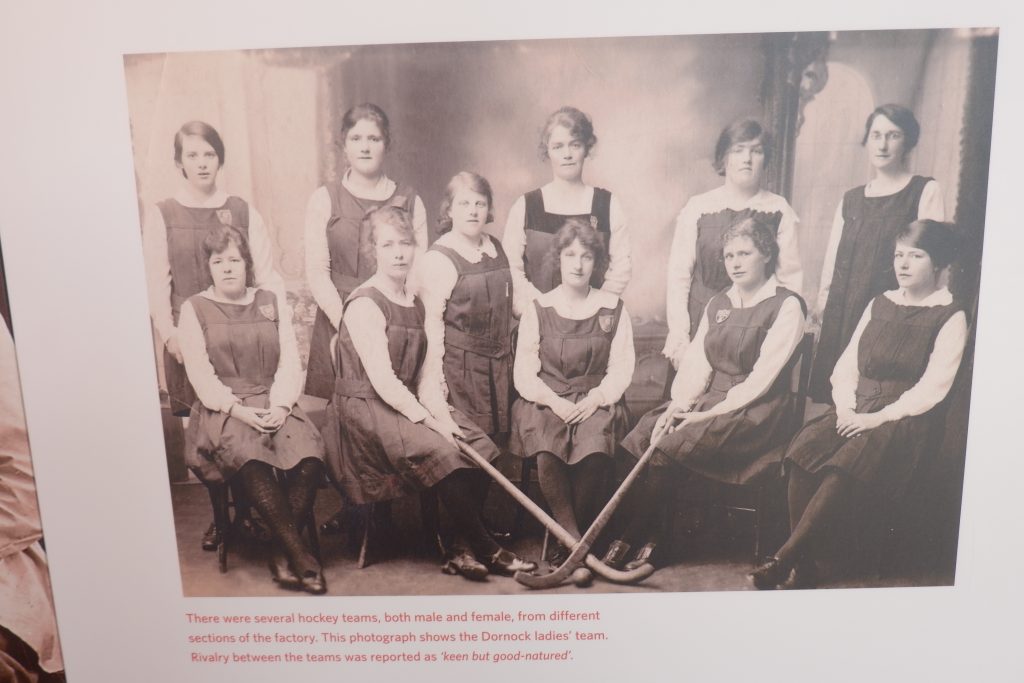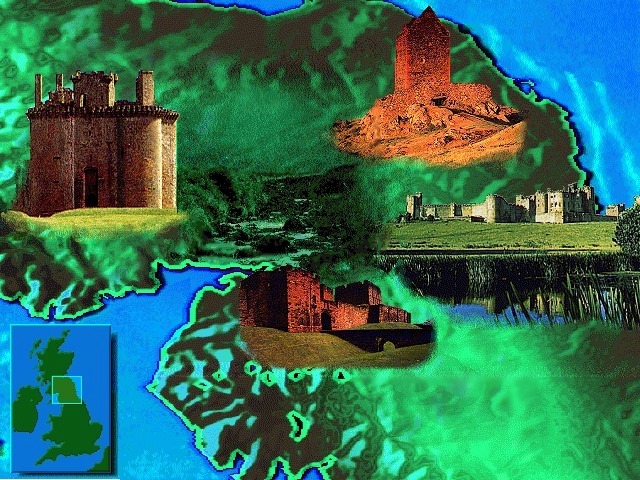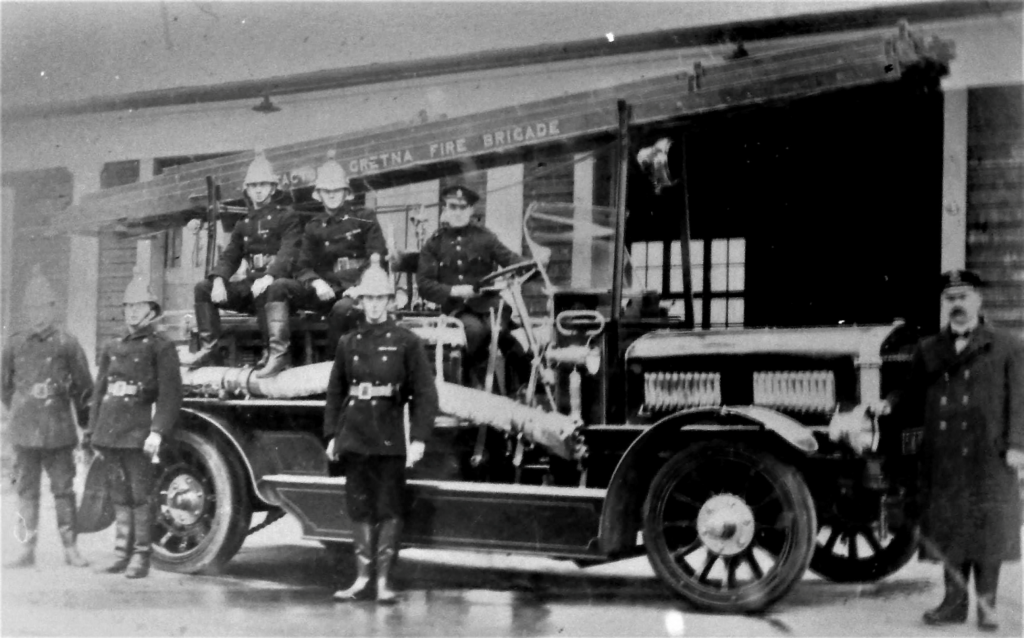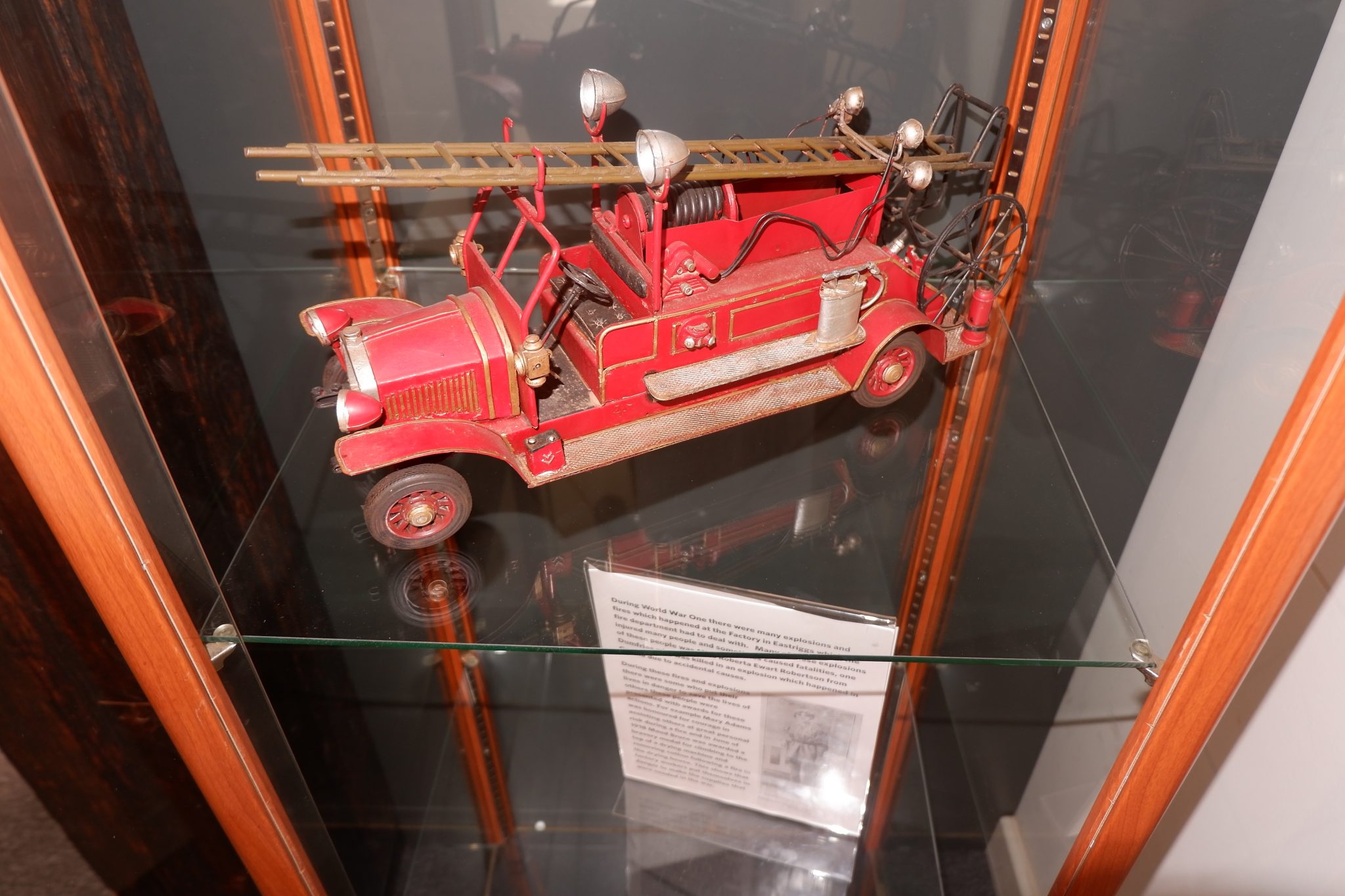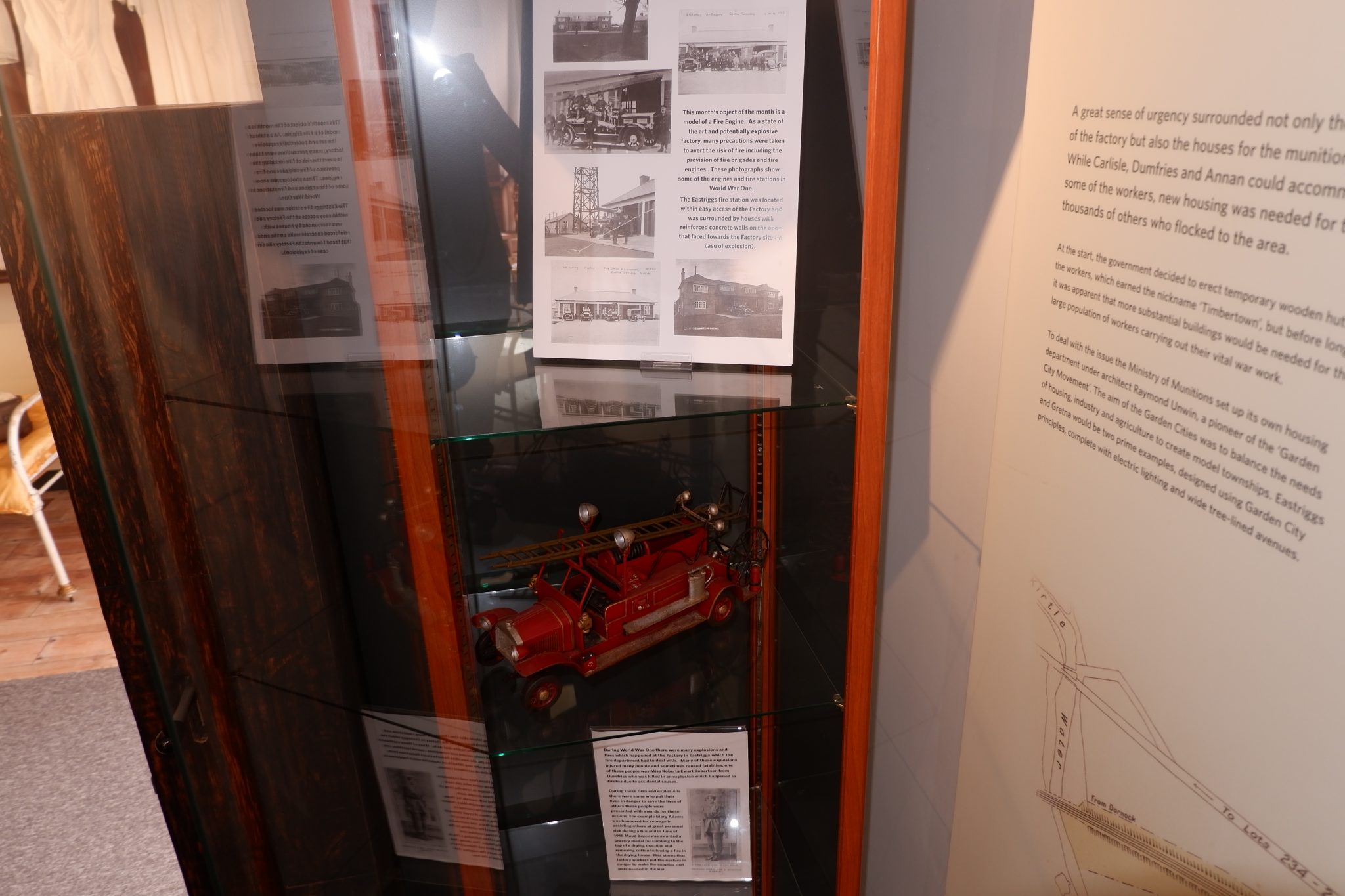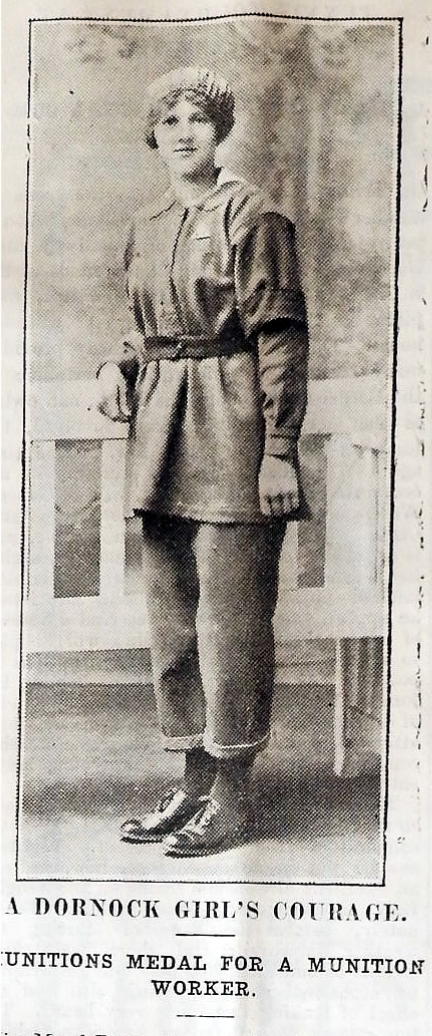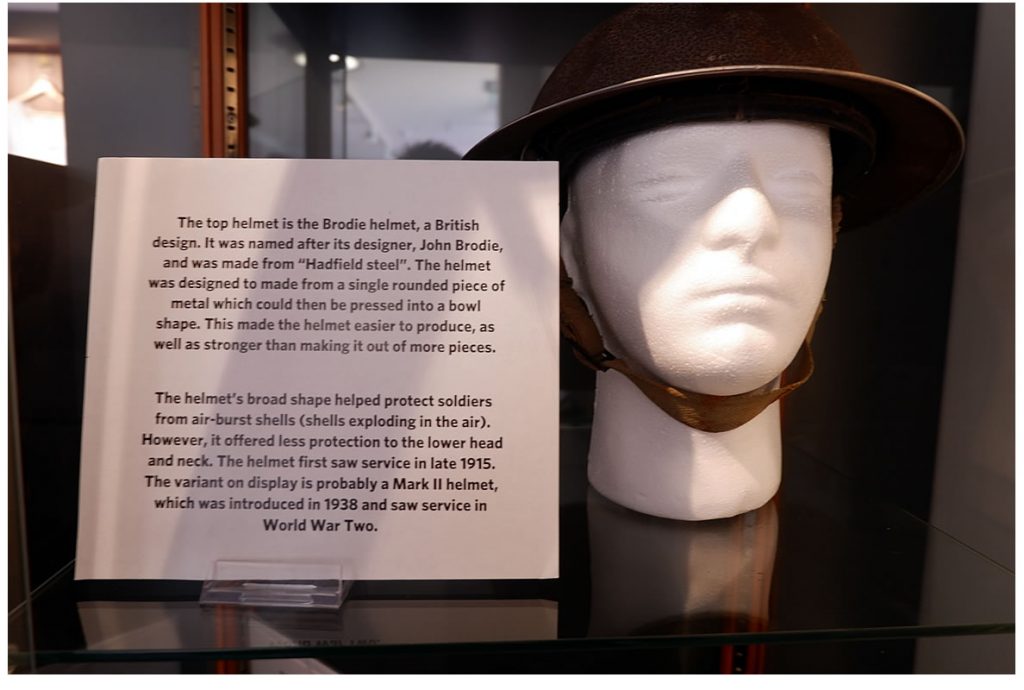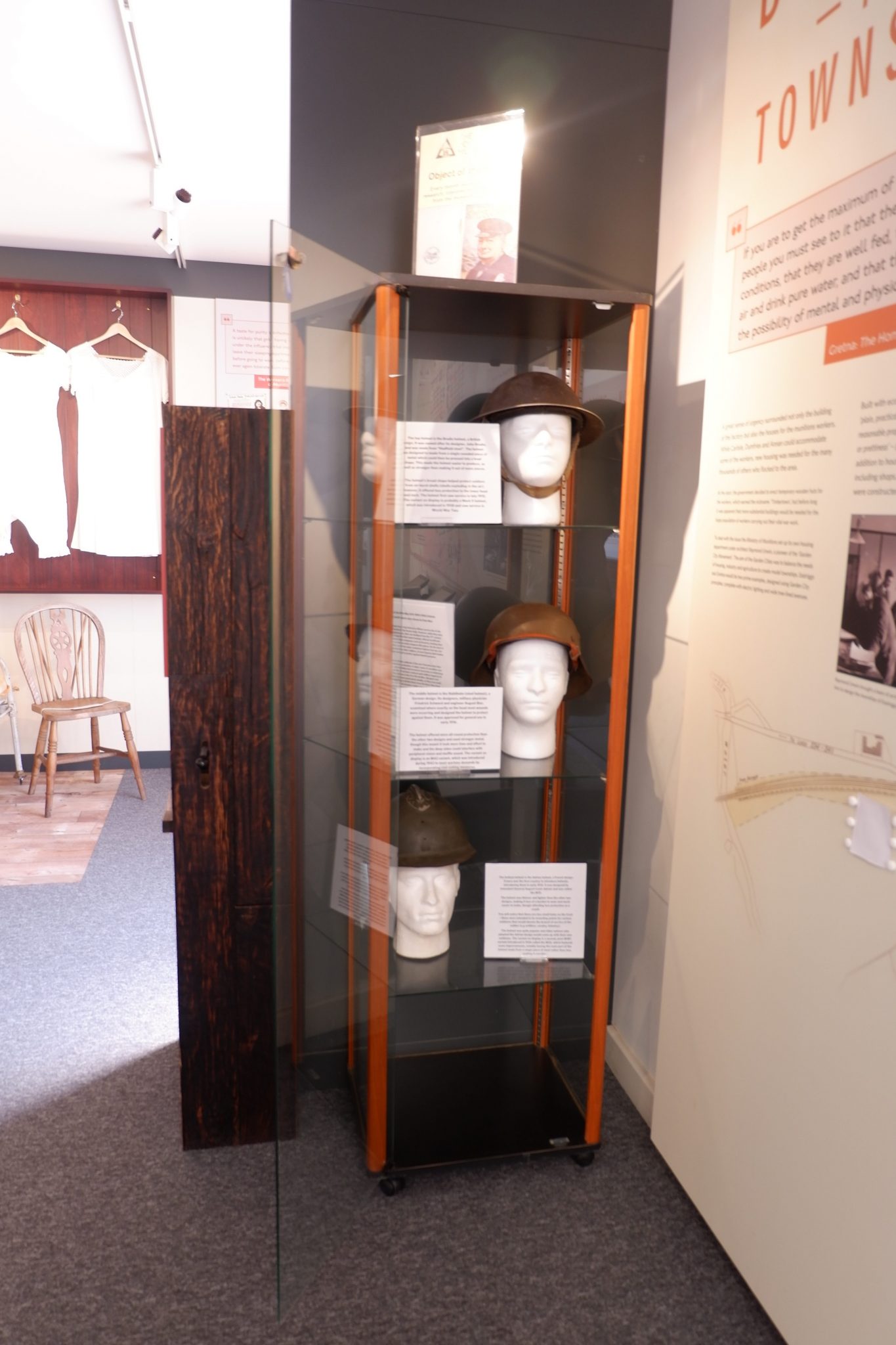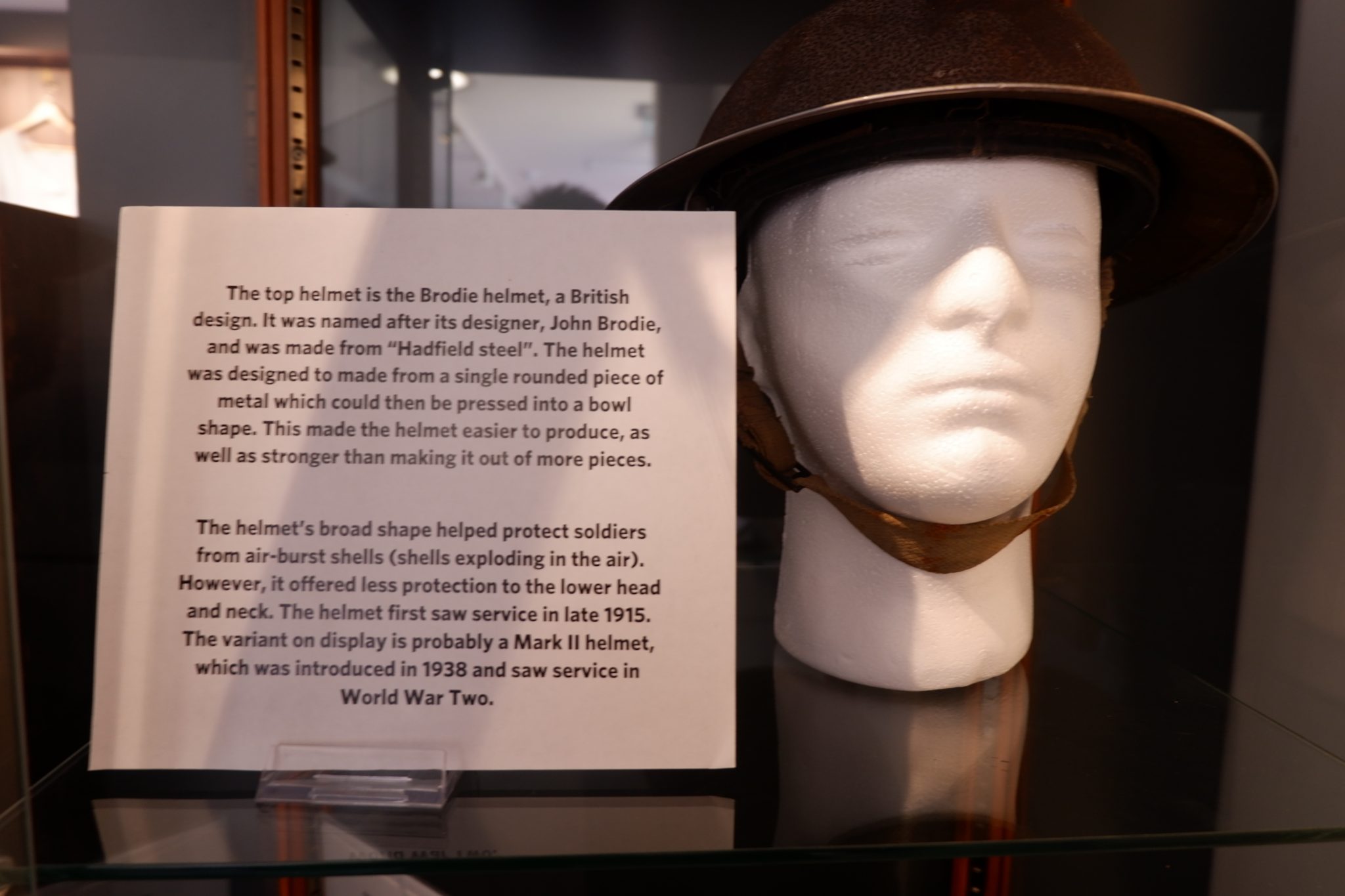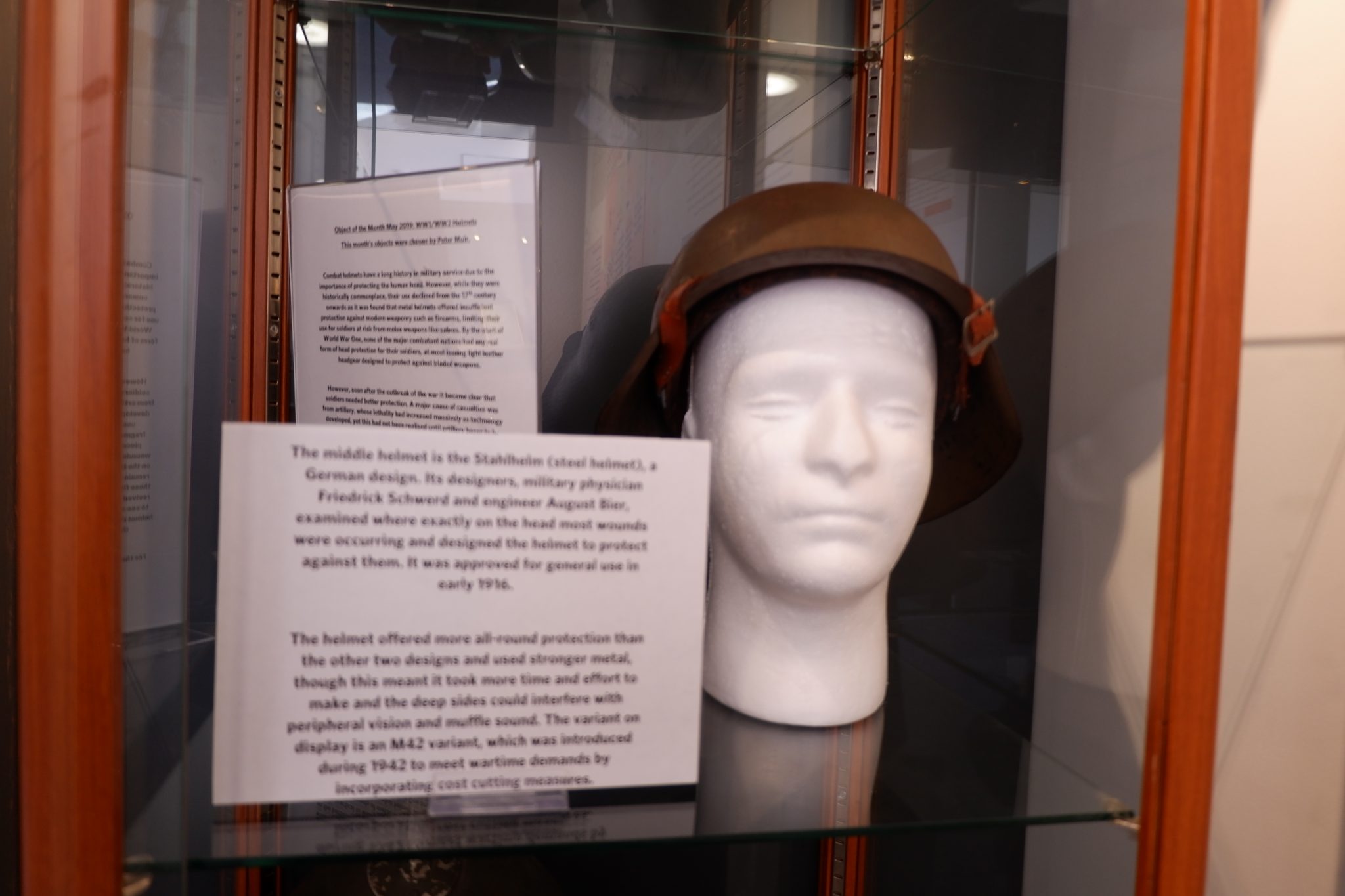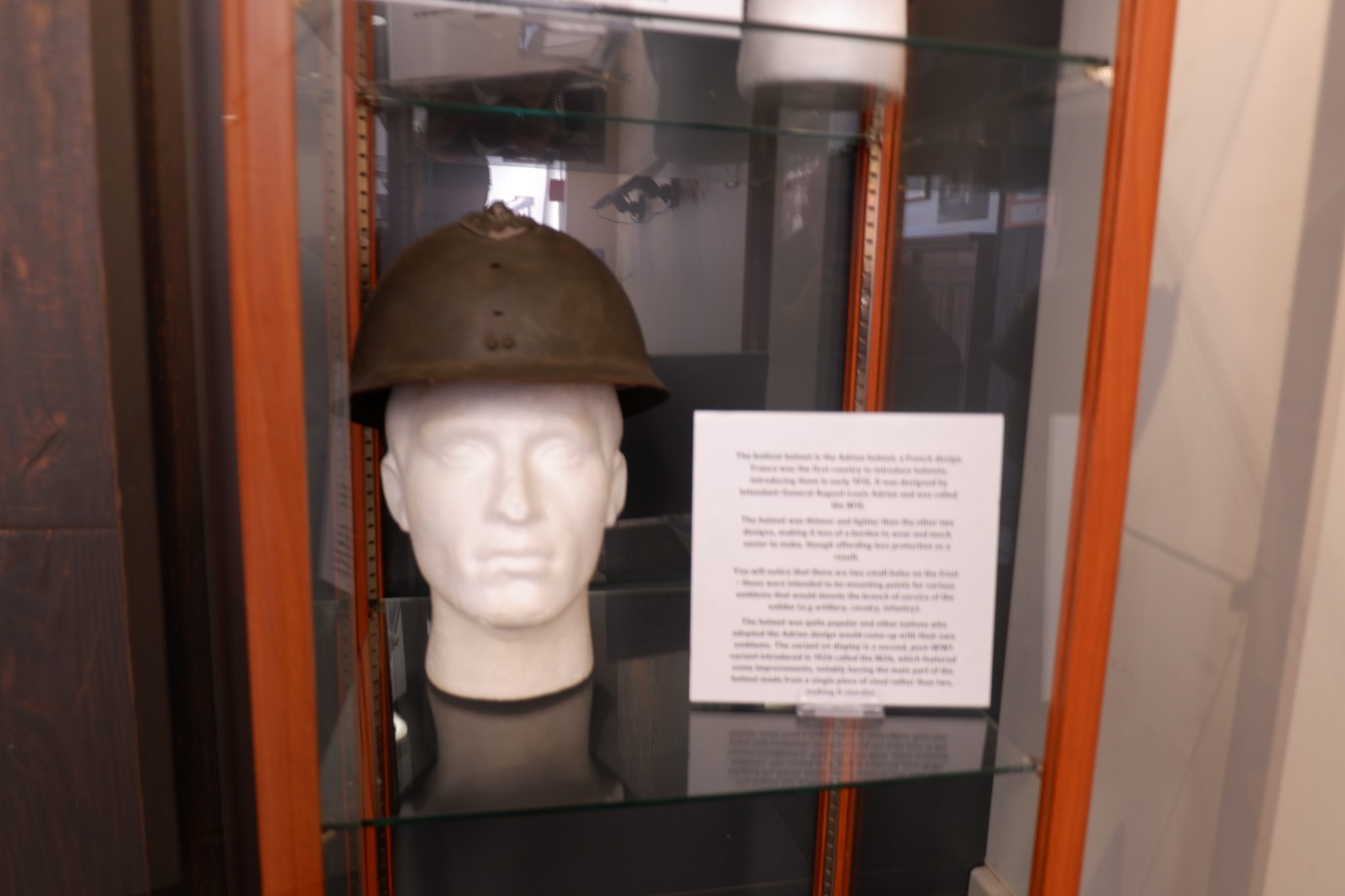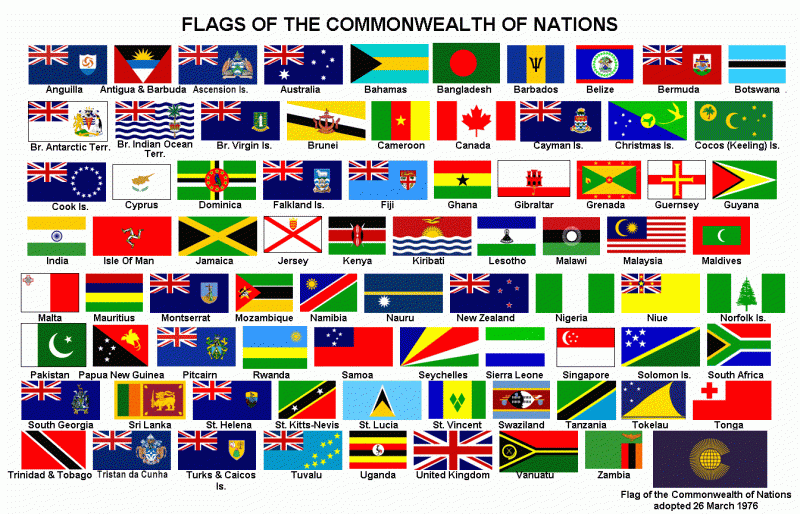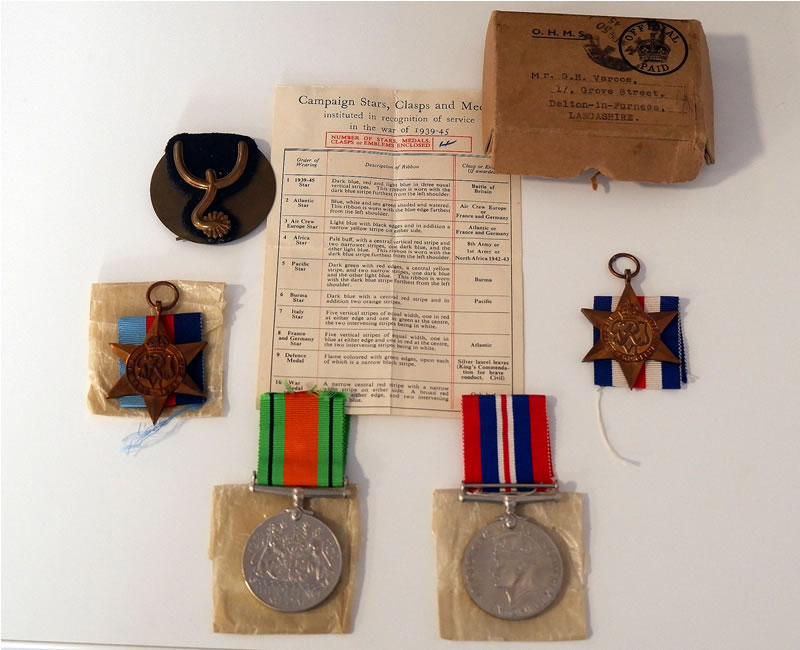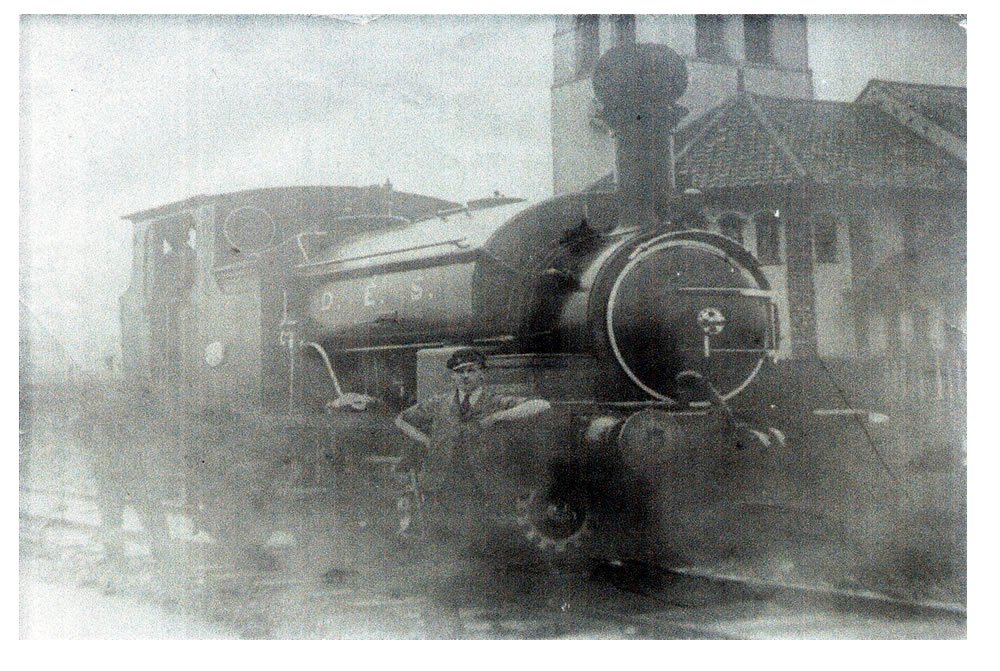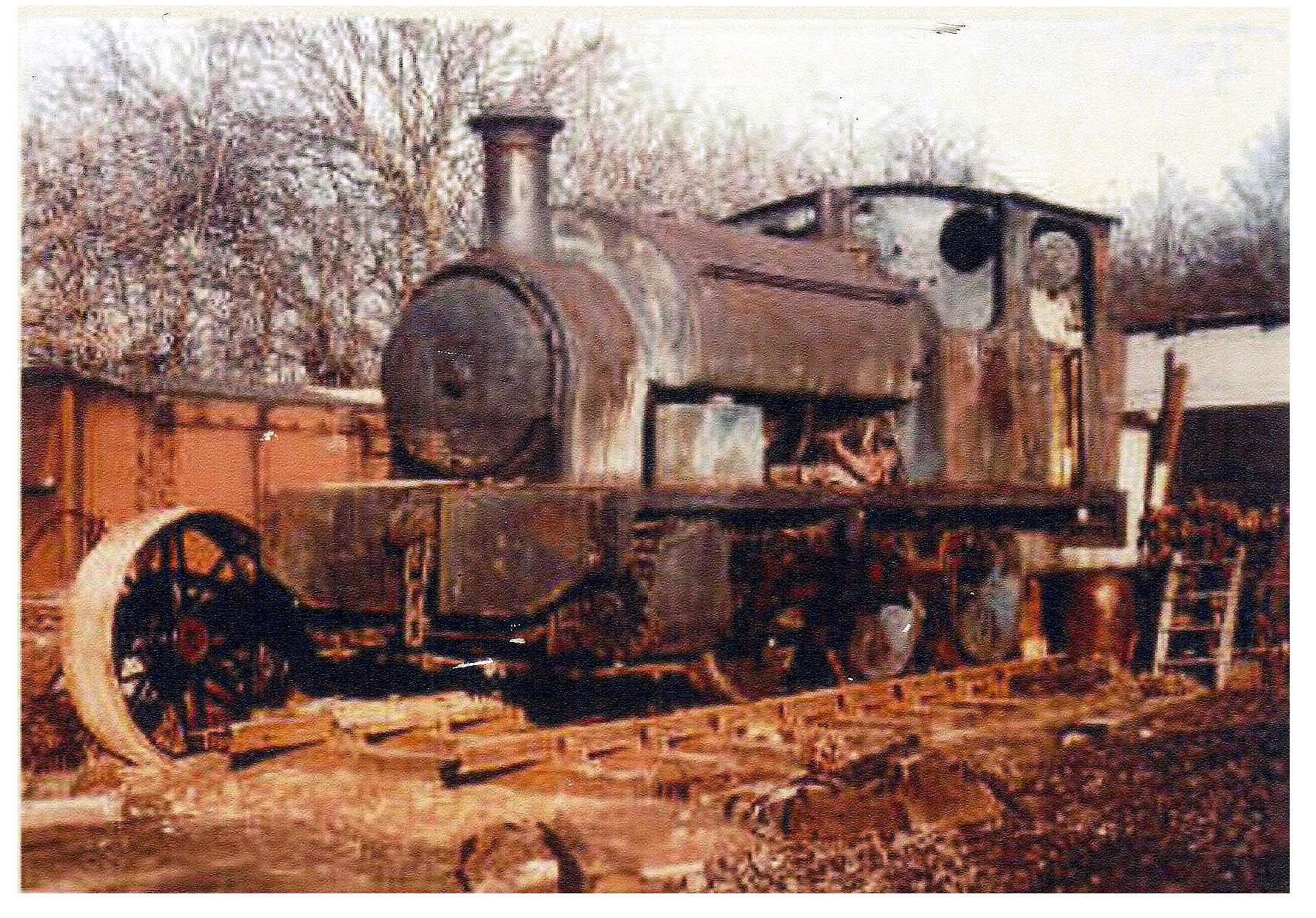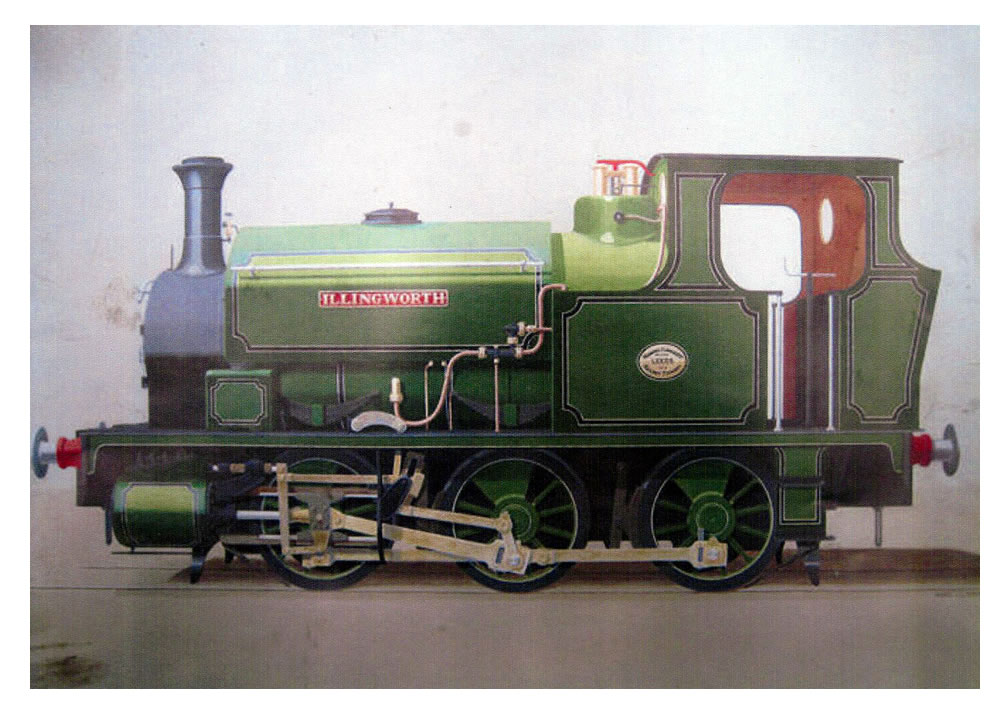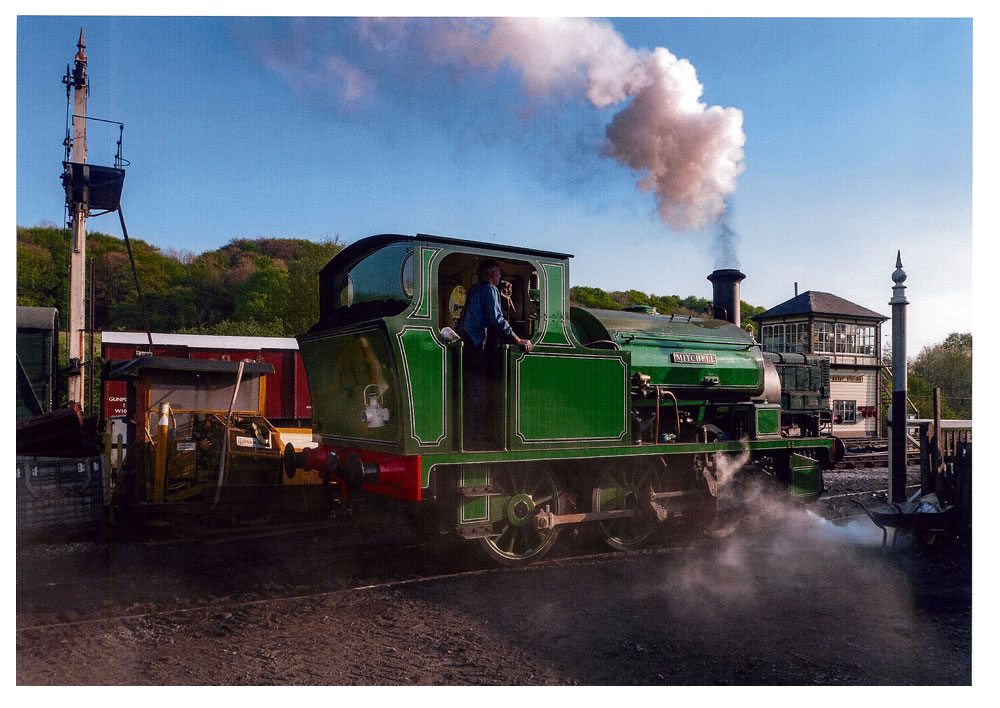A recent visitor to the museum was intrigued by this photo, which we have on display in our ground floor gallery. It shows the Girls Hockey Team from HM Factory Gretna in World War One.
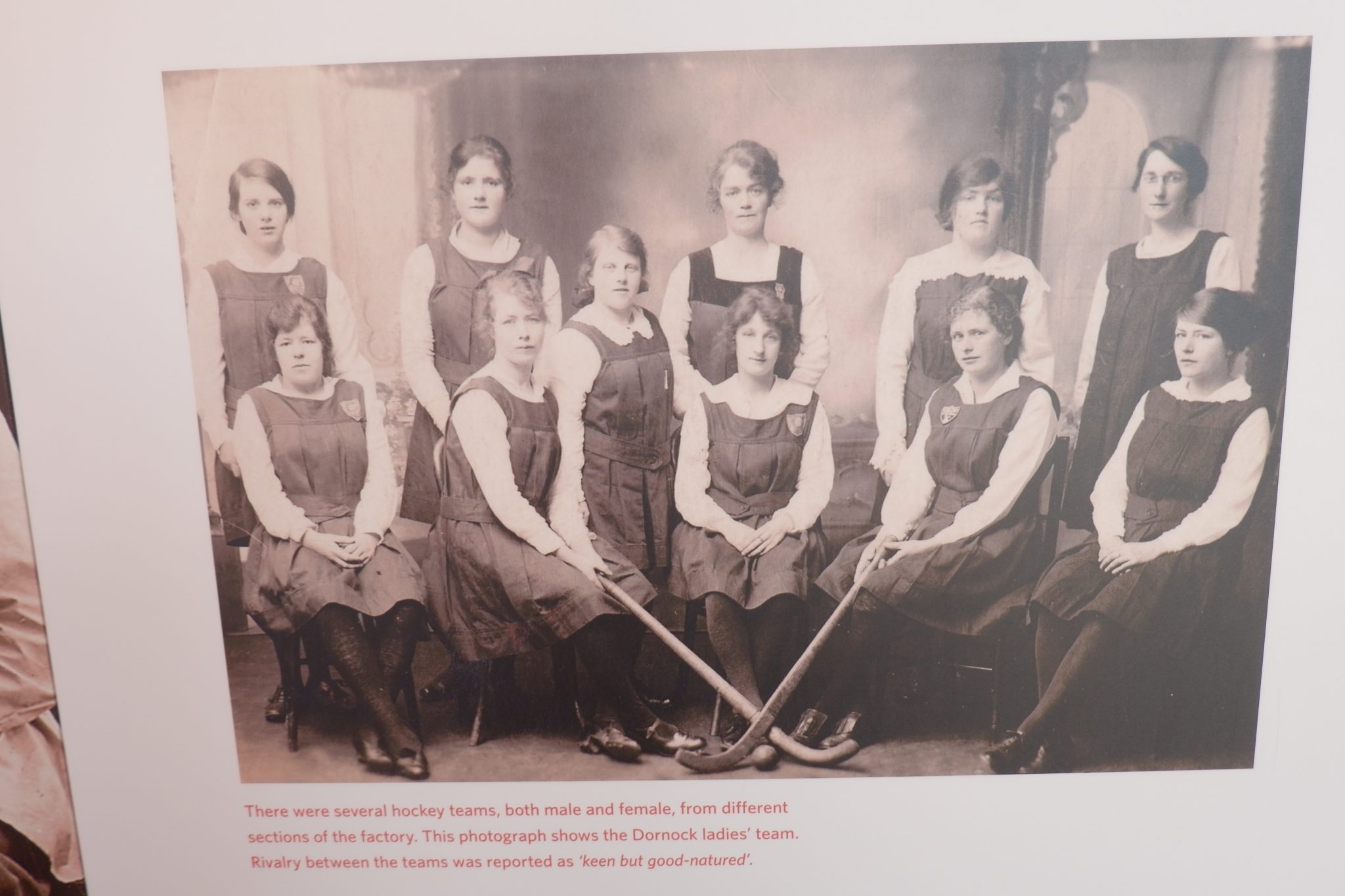
The visitor wondered if one of the women pictured may have been Evelyn Perry. Evelyn was appointed Physical Training Instructor at Gretna in 1917 as this page from the book ‘Challenge of Change’ recounts.
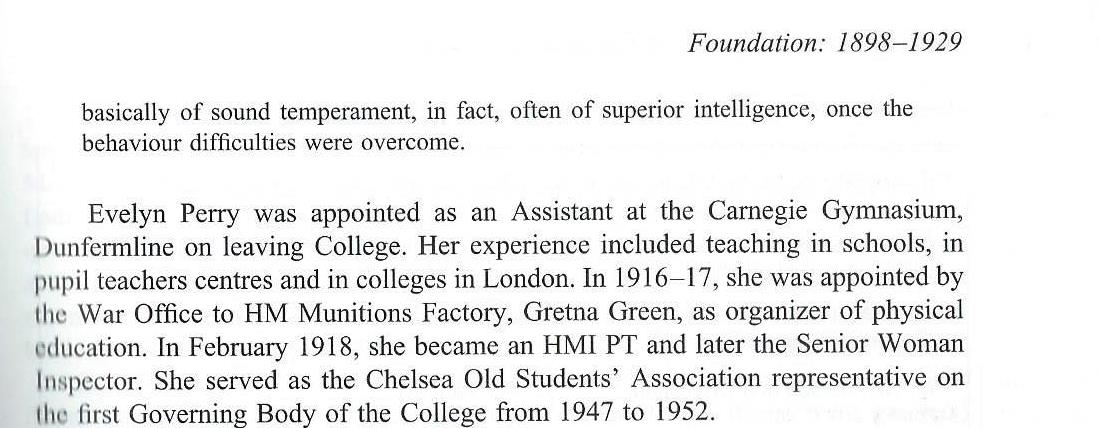

This is the comment that the visitor made:
The players in the photo were not named but one lady in the back row was wearing a deep yoked tunic – often an indication of a trained PE specialist and a small section of a brooch. I rather dismissed her as being Evelyn as she appeared to be wearing the Dunfermline College of Hygiene and Physical Training brooch – see my version [below]. The top looks just visible.
However, on reflection, Evelyn was on the staff of Dunfermline College from at least 1905 – 1907 and may well have been given a brooch although she had trained at Chelsea, probably before brooches were given out [see text below for more information].
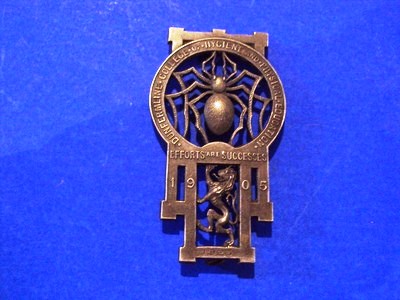
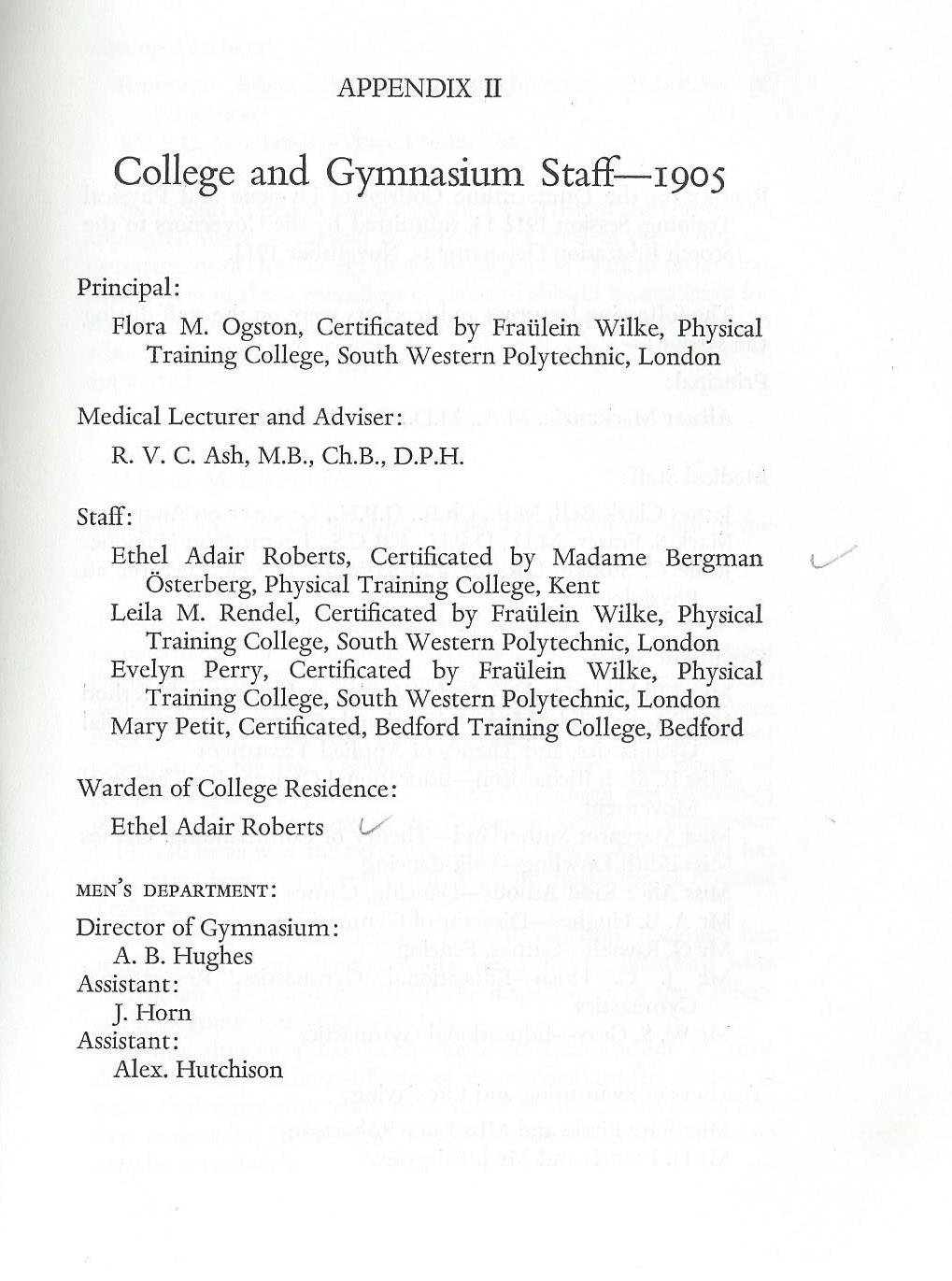
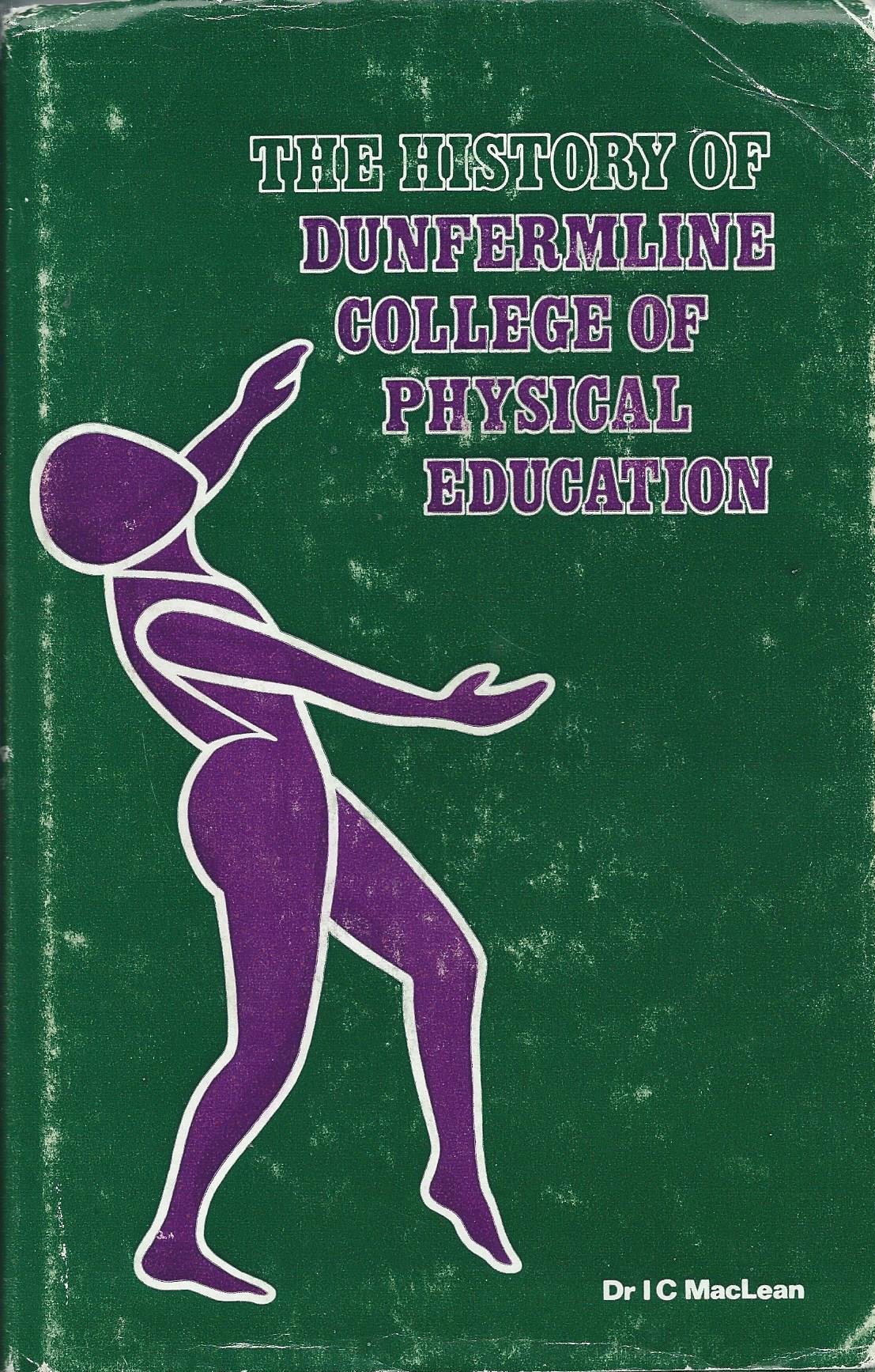
Looking at our records, we were able to find this description of hockey playing at the Factory, it is taken from a record of HM Factory Gretna’s Social and Recreational Department’s activities during World War One.

If anyone knows anymore about this, please do contact the museum as we are always looking to find out more about life here during World War One.
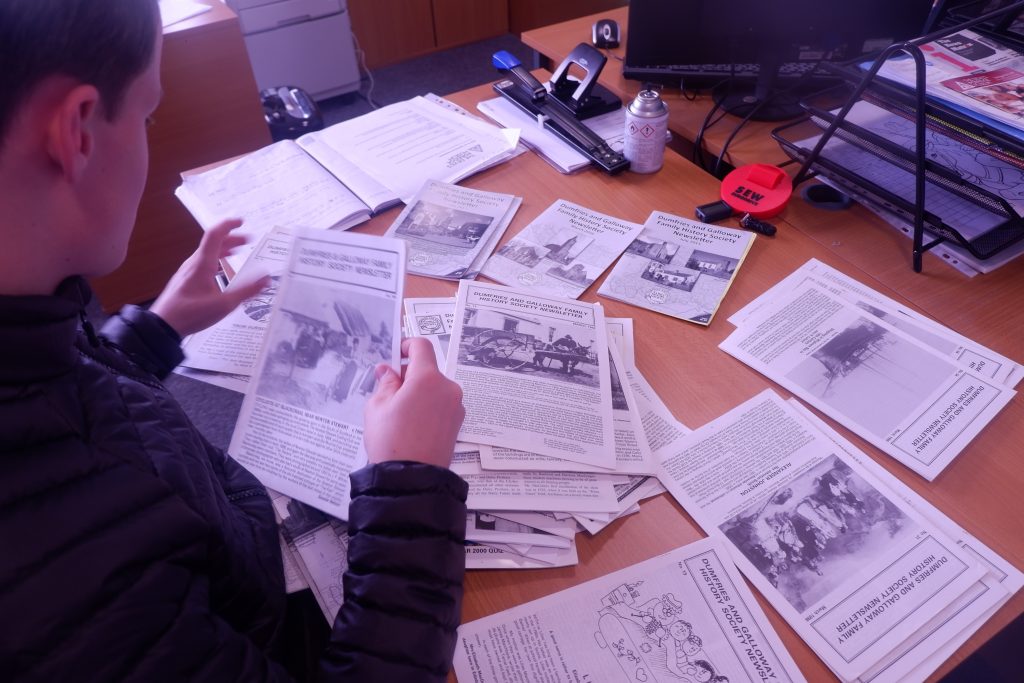

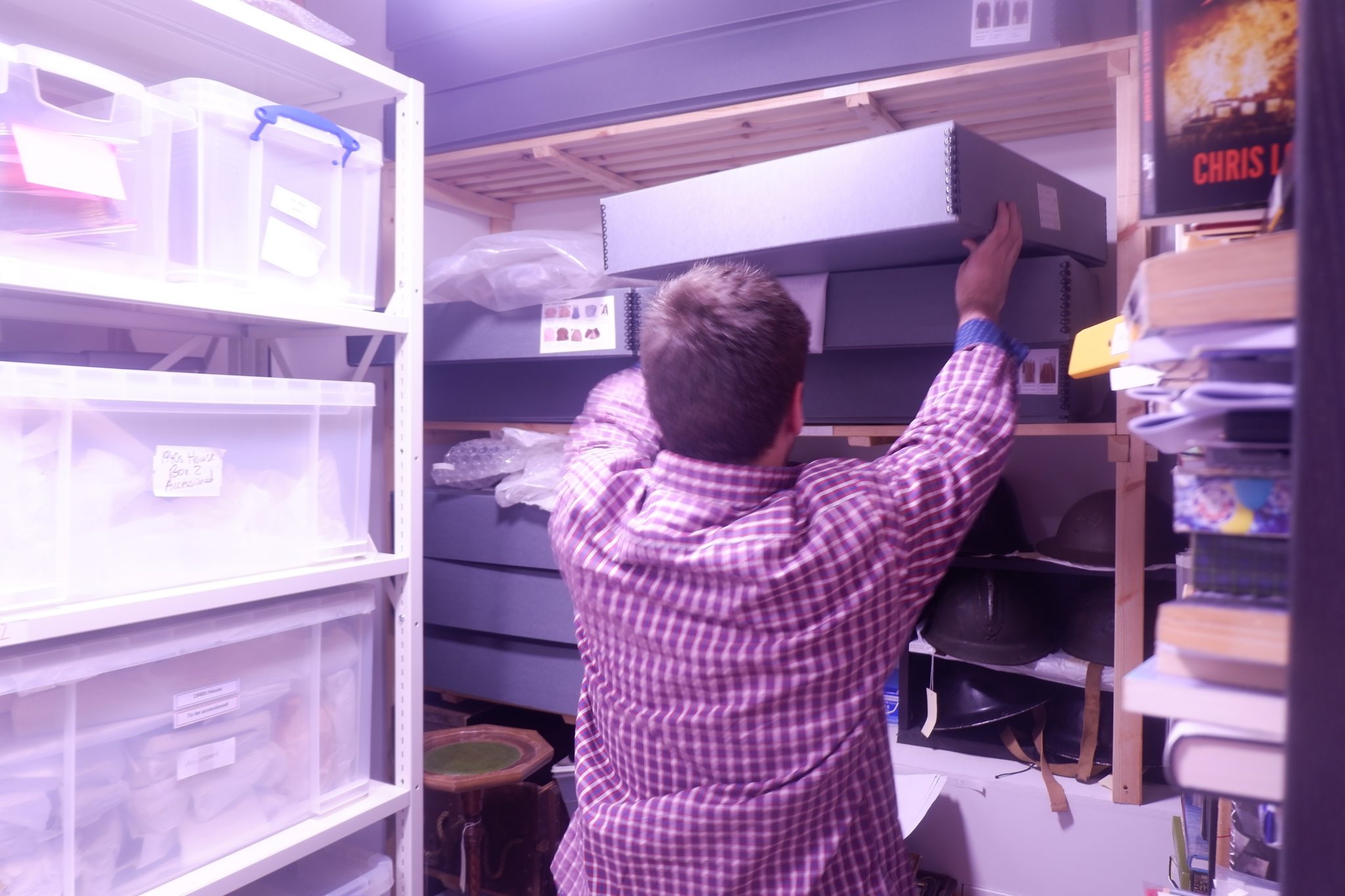


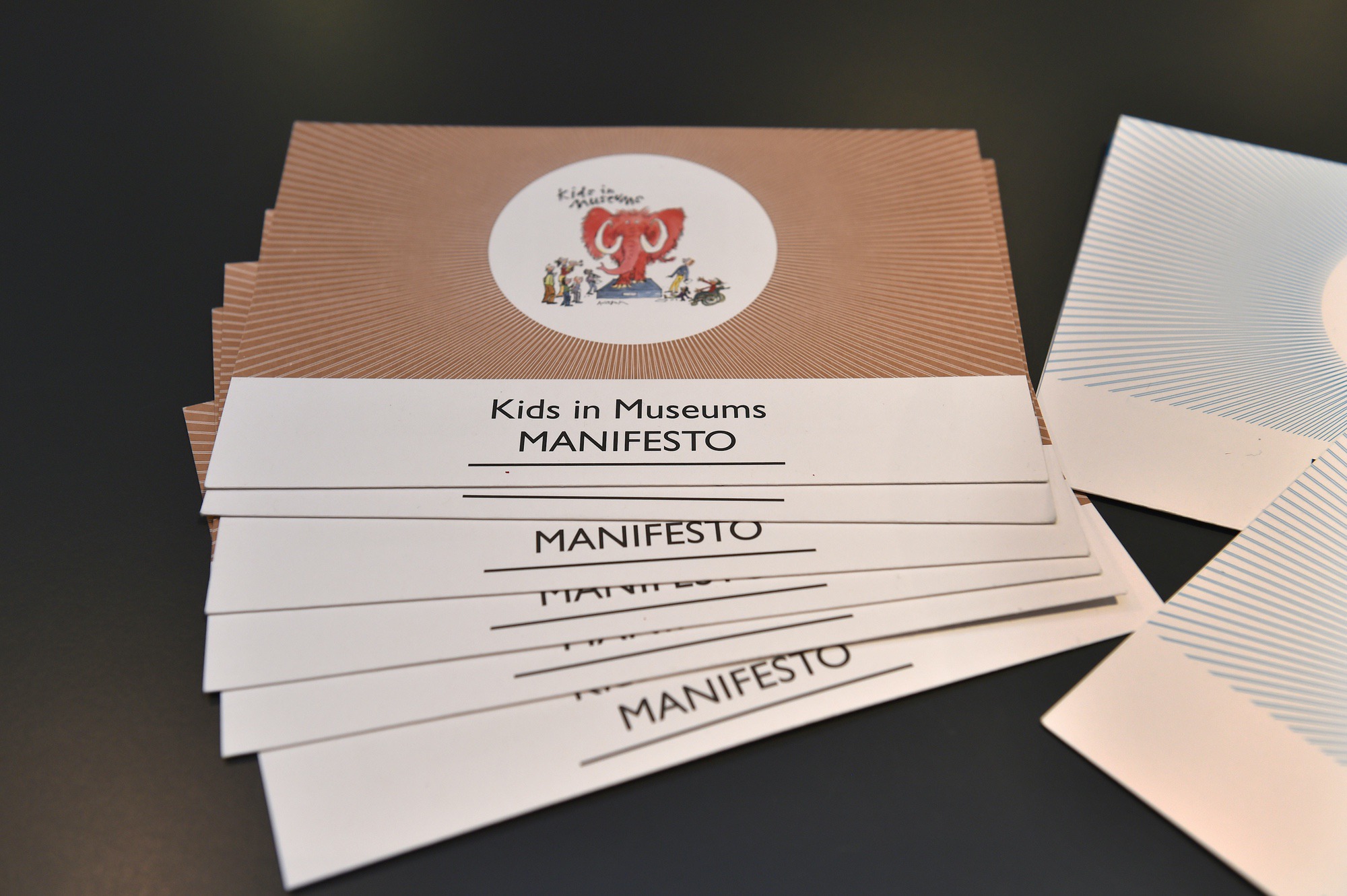

 Our ‘Mammoth’ museum hunt will also be launched next week for young visitors and those young at heart to help them explore the museum. Watch out for an exciting post about our Kids in Museum Mammoth hunt next week as our Summer of Fun gets underway.
Our ‘Mammoth’ museum hunt will also be launched next week for young visitors and those young at heart to help them explore the museum. Watch out for an exciting post about our Kids in Museum Mammoth hunt next week as our Summer of Fun gets underway.



